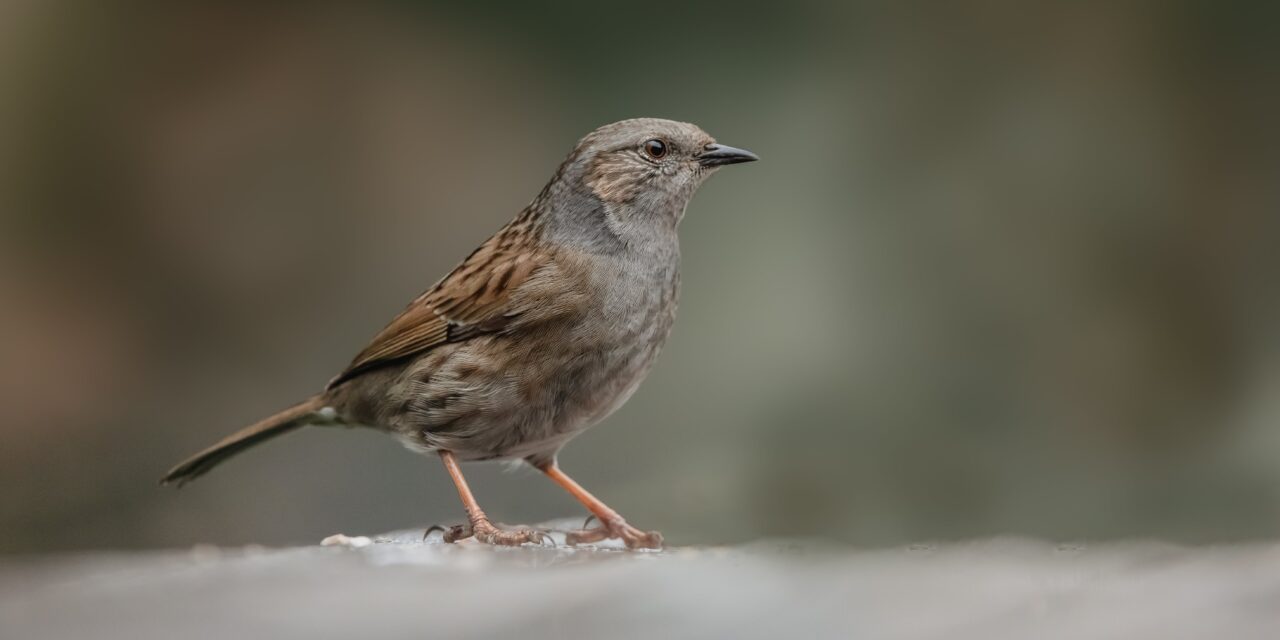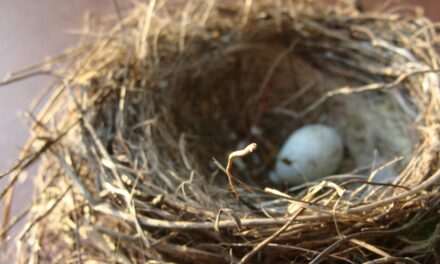Dunnock is a small, unobtrusive bird that can be found throughout the United Kingdom. Also known as the hedge sparrow, it is a common sight in gardens, parks, and hedgerows. Despite its unremarkable appearance, the Dunnock is a fascinating bird with a unique set of behaviours and characteristics.
The Dunnock is a small bird, measuring around 14cm in length. It has a brown-grey plumage with a streaked breast and a thin, pointed beak. It is often mistaken for a sparrow, but can be distinguished by its slender shape and the distinctive blue-grey patch behind its eye. The Dunnock is a shy and secretive bird, spending much of its time foraging on the ground for insects and spiders. It is also known for its distinctive song, which is a series of high-pitched warbles and trills.
Dunnock or Sparrow
Dunnock, also known as the hedge sparrow, is often confused with sparrows due to their similar appearance. However, Dunnocks are not sparrows and belong to a different family of birds altogether.
Dunnock Eggs
Dunnocks lay eggs that are pale blue with brown or red spots. The eggs are small and oval-shaped, measuring about 18mm by 14mm. Dunnocks usually lay 4-5 eggs in a clutch and the eggs hatch after about 12-14 days of incubation.
Dunnock Nest
Dunnocks build their nests in dense bushes, hedges or low trees. The nest is cup-shaped and made of grass, moss, and twigs. The female Dunnock builds the nest and lays the eggs, while the male Dunnock helps to feed the chicks.
Overall, Dunnocks are fascinating birds that are often mistaken for sparrows. They are small, but hardy birds that are found throughout the UK. With their distinctive eggs and nests, Dunnocks are a unique and interesting addition to any garden or natural habitat.





